In today’s fast-paced world filled with distractions and high stress levels, it is crucial to introduce children to the practice of mindfulness. This blog will explore the importance of mindfulness for children’s well-being, discussing its benefits in improving focus, reducing stress, and enhancing emotional regulation.
It will provide practical guidance on getting started with mindfulness, including age-appropriate activities and creating a conducive environment. The blog will delve into specific mindfulness exercises for kids, such as breathing techniques, guided imagery, body awareness activities, and sensory-based experiences. It will highlight how mindfulness can help children manage stress and anxiety while improving their focus and concentration.
The blog will offer tips on integrating mindfulness into a child’s daily routine, suggest resources for parents and educators, and address techniques for children with attention-related issues. Ultimately, it aims to empower parents to introduce mindfulness to their children, helping them breathe, focus, and thrive in today’s fast-paced world.
Benefits of practicing mindfulness exercises
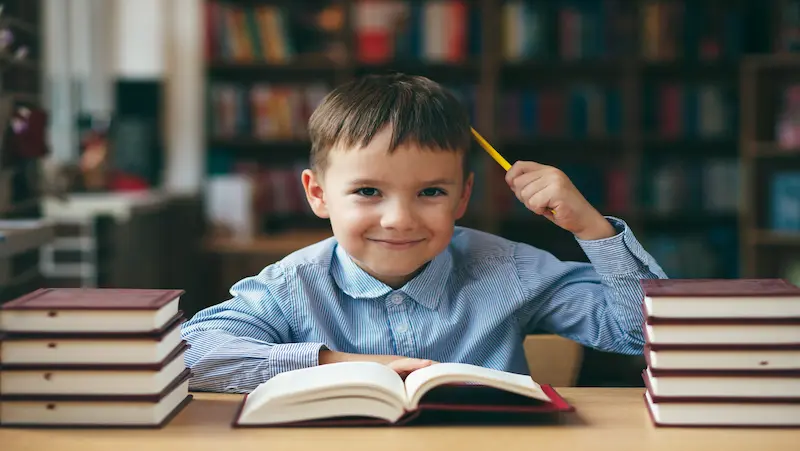
- Improved Focus: Mindfulness exercises help children develop the ability to pay attention to one thing at a time, increasing their concentration and focus in academics and daily activities.
- Reduced Stress: By learning to be fully present and aware of their thoughts and emotions, children can effectively manage stress and anxiety, promoting a sense of calm and well-being.
- Enhanced Emotional Regulation: Mindfulness empowers children to understand and regulate their emotions, allowing them to respond to challenges with greater resilience and empathy. Mindfulness for kids is a practice that involves being fully present in the moment, paying attention to their thoughts, feelings, and surroundings without judgment.
Getting Started with Mindfulness

When introducing mindfulness to children, it’s important to tailor activities to their age and developmental stage. Here are some age-appropriate mindfulness activities for different age groups:
- Creating a calm environment: Find a quiet and comfortable space where your child can engage in mindfulness exercises without distractions. Create a relaxing atmosphere with soft lighting, gentle music, or nature sounds.
- Basic breathing exercises: Teach children simple breathing techniques like the “Balloon Breath” or the “S.T.O.P. Breath.” These exercises help them focus on their breath, promoting relaxation and grounding.
Mindful Breathing Exercises for Kids
Emotional regulation for kids can be fostered through mindful breathing exercises. By teaching children techniques like deep breathing, where they inhale deeply and exhale slowly, they learn to manage their emotions effectively.
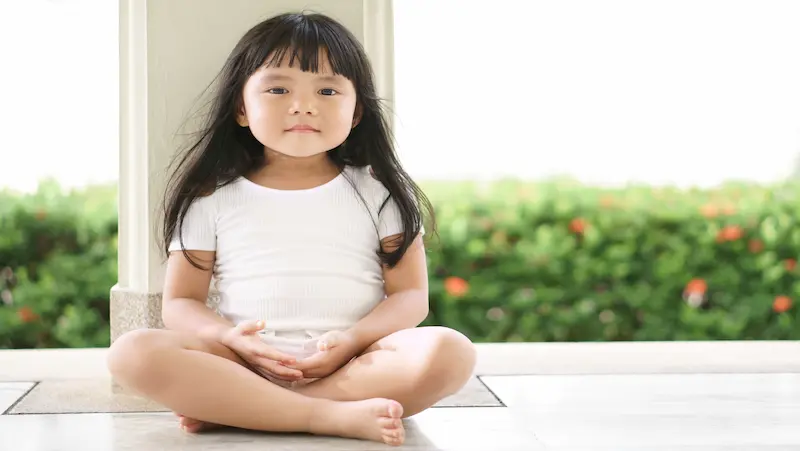
- Balloon Breath: Have your child imagine their belly as a balloon. Inhale deeply through the nose, filling up the belly like a balloon. Exhale slowly through the mouth, deflating the balloon. Repeat several times.
- S.T.O.P. Breath: Teach your child to pause and take a mindful breath when they feel overwhelmed. S.T.O.P stands for Stop, Take a breath, Observe how you feel, and Proceed mindfully.
- Guided imagery exercises: Engage your child’s imagination by guiding them through visualisations, such as imagining they are floating on a cloud or exploring a peaceful garden.
- Breath awareness games: Make breathing exercises fun and interactive by incorporating games like “Bubble Breath” or “Counting Breath,” where children blow bubbles or count their breaths.
Mindfulness Activities for Body Awareness

- Progressive muscle relaxation: Guide your child through tensing and relaxing different muscle groups, helping them become aware of bodily sensations and promoting relaxation.
- Mindful movement activities: Encourage your child to engage in gentle movement practices like yoga or stretching. These activities enhance body awareness and improve flexibility.
- Body scan meditation: Guide your child through a body scan meditation, where they focus their attention on different parts of their body, noticing any sensations without judgement.
Engaging in mindfulness games for kids offers interactive activities that promote emotional well-being. Games like “Mindful Simon Says,” where they follow instructions while staying present in the moment, or “Emotion Charades,” where they express feelings non-verbally, help children develop awareness, focus, and empathy, creating a fun and educational way to enhance their mindfulness skills.
Cultivating Mindful Senses

- Mindful eating exercises: Encourage your child to eat mindfully by engaging their senses. Ask them to notice the colour, texture, smell, and taste of their food, savouring each bite.
- Sensory awareness games: Play games that heighten sensory awareness, such as “Sound Scavenger Hunt” or “Texture Exploration,” where children actively listen or touch various objects mindfully.
- Nature-based mindfulness exercises: Take your child outdoors and encourage them to connect with nature through activities like mindful walking, observing the beauty of their surroundings, and listening to the sounds of nature.
Emotional Awareness and Regulation
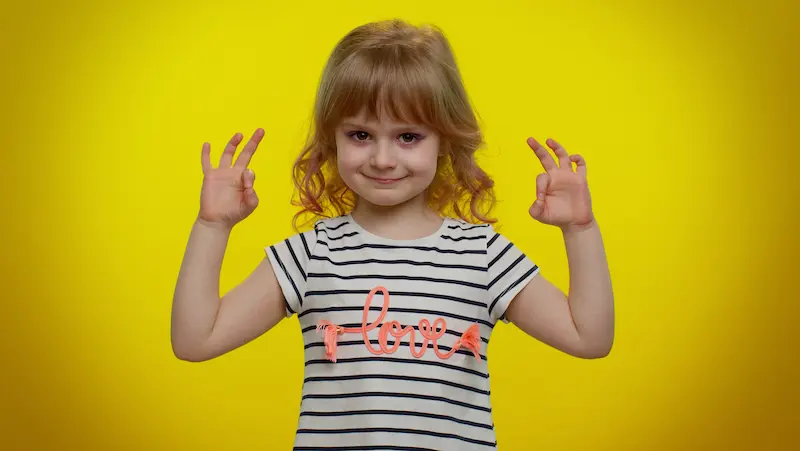
- Mindful journaling prompts: Provide your child with journaling prompts that encourage emotional expression, such as “Describe a time when you felt happy or peaceful” or “Write about a challenge you faced and how you overcame it.”
- Calming breathing techniques: Teach your child specific breathing techniques, like the “4-7-8 Breath,” to help them calm down during moments of anger, frustration, or anxiety.
- Loving-kindness meditation: Guide your child through a loving-kindness meditation, where they send well wishes to themselves, their loved ones, and even people they may have difficulty with, fostering compassion and empathy.
Mindfulness Games and Group Activities

- Mindful storytelling or guided visualisation exercises: Engage your child’s imagination by telling stories that promote mindfulness or guide them through visualisations, such as imagining they are a tree or a bird soaring through the sky.
- Mindful listening and communication games: Play games that enhance listening skills and communication, such as “Simon Says with a Twist” or “Mindful Conversations,” where children take turns speaking and listening mindfully.
- Mindful art and craft activities: Encourage creative expression through art and craft activities like colouring mandalas, creating gratitude jars, or making mindful breathing wands.
Mindfulness coloring pages for kids provide a creative outlet that encourages focus and relaxation. Additionally, incorporating mindfulness games like “Five Senses Scavenger Hunt,” where they explore their environment using their senses, enhances their sensory awareness and cultivates a mindful approach to the world around them, fostering a sense of presence and tranquility.
Integrating Mindfulness into Daily Life

Tips for incorporating mindfulness into everyday routines: Suggest incorporating mindfulness into daily activities, such as taking mindful breaths before meals, brushing teeth, or engaging in mindfulness while walking to school.
- Mindful eating and mindful walking: Encourage your child to eat mindfully, savouring each bite and paying attention to their body’s hunger and fullness cues. Additionally, practise mindful walking by noticing the sensations in their feet and the environment as they walk.
- Bedtime mindfulness rituals: Establish a calming bedtime routine that includes mindfulness activities, such as a guided meditation, deep breathing, or reading a mindfulness-themed book together.
Also, check mindfulness worksheets for kids .
Mindfulness Resources for Parents and Educators
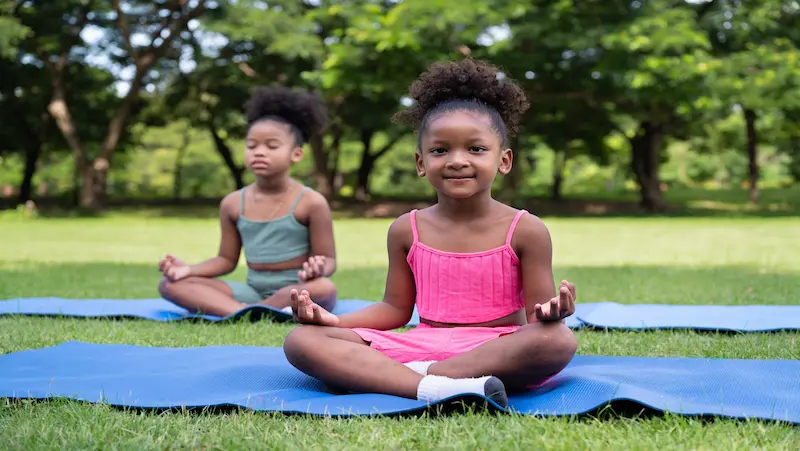
- Recommended books, apps, and websites: Explore resources like “Sitting Still Like a Frog” by Eline Snel, mindfulness apps like Headspace for Kids, and websites such as mindful.org and kid-mindfulness.com for further guidance and activities.
- Tips for encouraging mindfulness in schools and at home: Provide suggestions for integrating mindfulness practices into school curricula and discuss the benefits of involving parents in mindfulness initiatives.
- Professional resources and training: Highlight workshops, courses, or certifications available to parents and educators interested in deepening their knowledge and understanding of mindfulness for children.
Conclusion
In conclusion, introducing mindfulness exercises to children can have a profound impact on their overall well-being. By practising mindfulness, children can develop improved focus, reduced stress, and enhanced emotional regulation. Incorporating age-appropriate mindfulness activities into their daily lives can foster a lifelong habit of mindfulness, helping children thrive emotionally, mentally, and socially. So, let’s empower our children to breathe, focus, and thrive through the transformative power of mindfulness.
To get your hands on more such educational and free resources, checkout Brightchamps Page now! Learn about coding for kids and python for kids also.
Frequently Asked Questions(FAQ’s)
A1: Mindfulness is the practice of being fully present and aware of the present moment, without judgment. It involves paying attention to thoughts, emotions, and sensations with a compassionate attitude. Mindfulness is important for kids because it helps them develop self-awareness, emotional regulation, and resilience. It also improves their focus, concentration, and overall well-being.
A2: Mindfulness exercises benefit children by promoting emotional well-being, reducing stress and anxiety, improving self-regulation, and enhancing cognitive functions. Regular mindfulness practice can help children develop better focus and attention, increase empathy and compassion, and build resilience to navigate challenges in their lives.
A3: Mindfulness exercises can be adapted for children of different age groups. Younger children, around 4 to 7 years old, can engage in simple breathing exercises and sensory-based activities. Older children, from 8 to 12 years old, can practise more structured mindfulness activities and guided meditations. Teenagers can explore a wider range of mindfulness techniques and deepen their practice.
A4: Introducing mindfulness to your child can be done through various approaches. Start by setting aside dedicated time for mindfulness activities, creating a calm and quiet environment. Teach your child basic breathing exercises and body awareness techniques. Engage them in mindfulness games and activities that are age-appropriate and enjoyable. Model mindfulness yourself and encourage open conversations about emotions and thoughts.
A5: Yes, there is a growing body of scientific research supporting the effectiveness of mindfulness for children. Studies have shown that mindfulness can improve attention, executive functioning, emotional regulation, and overall well-being in children. It has also been found to reduce symptoms of anxiety, depression, and ADHD in some cases.
A6: Simple mindfulness exercises for children include breathing techniques like Balloon Breath and S.T.O.P. Breath, guided imagery exercises, body awareness activities like progressive muscle relaxation, and sensory-based games such as mindful eating or sensory scavenger hunts. These exercises can be adapted based on the child’s age and interests.
A7: Mindfulness exercises help children manage stress and anxiety by teaching them to observe their thoughts and emotions without judgement. They learn to identify and regulate their stress responses, develop a sense of calm and self-awareness, and cultivate a more compassionate and accepting mindset. Mindfulness provides children with effective tools to navigate challenging situations and build resilience.
A8: Yes, mindfulness exercises have been shown to improve children’s focus and concentration. By practising mindfulness, children learn to direct their attention intentionally and sustain focus on the present moment. Regular mindfulness practice strengthens the brain’s attention networks, enabling children to better concentrate on tasks and ignore distractions.
A9: Mindfulness can be integrated into a child’s daily routine by incorporating short mindfulness exercises at specific times. For example, practising mindful breathing before meals or engaging in a brief body scan meditation before bedtime. It can also be helpful to create mindfulness rituals, such as a few minutes of mindful colouring or listening to a guided meditation as part of their morning or evening routine.
A10: Yes, mindfulness techniques can be beneficial for children with ADHD or attention-related issues. Mindfulness exercises that focus on breath awareness, body movements, or sensory experiences can help redirect attention and enhance self-regulation. Tailoring activities to their interests and incorporating elements of playfulness and engagement can make mindfulness more accessible and effective for children with attention difficulties. It is recommended to work with a qualified professional to develop a personalized approach for each child.

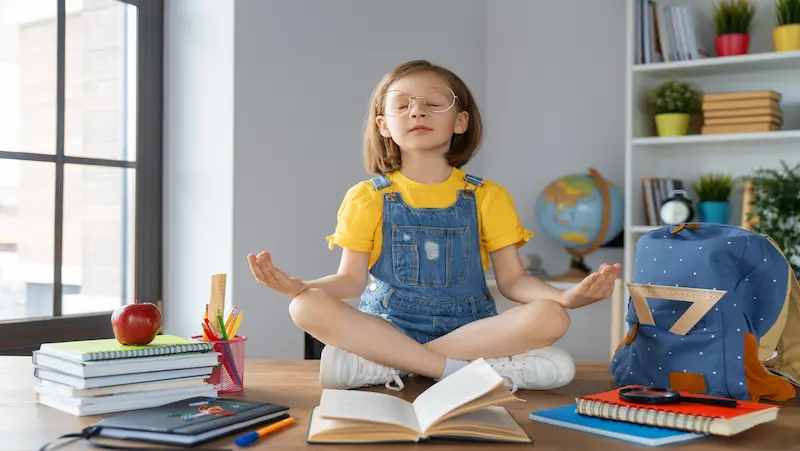
 We are an army of educators and passionate learners from BrightChamps family, committed to providing free learning resources to kids, parents & students.
We are an army of educators and passionate learners from BrightChamps family, committed to providing free learning resources to kids, parents & students.













